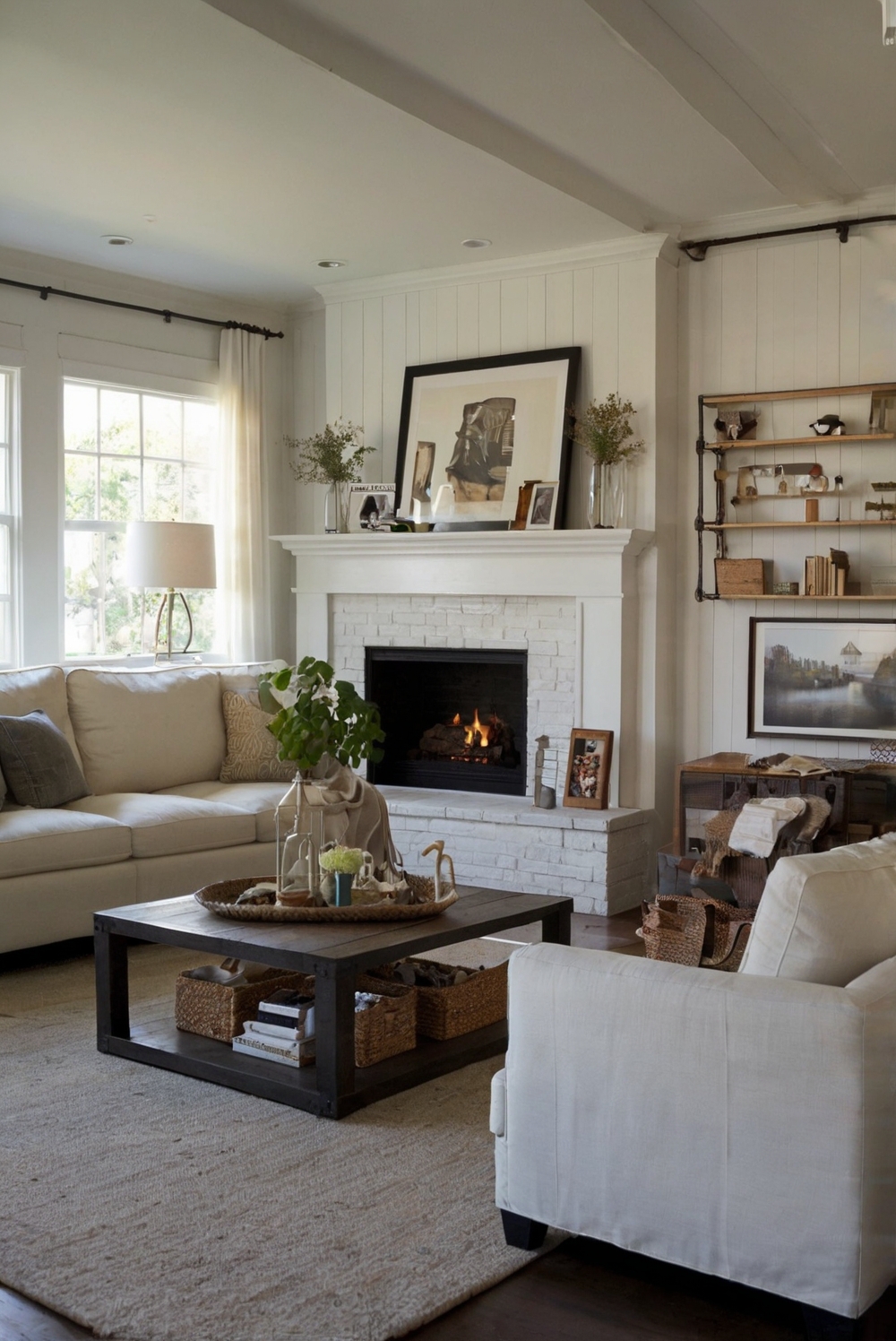Stay informed on lighting placement to prevent glare and shadows in your home with daily interior designer tips. Illuminate your space effectively for a comfortable and stylish ambiance.
**How to Avoid Glare and Shadows with Lighting Placement?**
In order to avoid glare and shadows with lighting placement, there are several key steps to follow. Firstly, consider the direction of natural light coming into the room and plan your artificial lighting accordingly. Use a combination of ambient, task, and accent lighting to create a balanced and functional space. Position light fixtures strategically to prevent glare on screens or reflective surfaces. Opt for adjustable fixtures or dimmer switches to control the intensity of light. Also, choose the right color temperature for bulbs to create the desired ambiance. Proper lighting placement can enhance your home decor interior design and improve the overall look and feel of your living spaces.
How to Avoid Glare and Shadows with Lighting Placement?
Importance of Proper Lighting Placement
Proper lighting placement is crucial in any space to create a comfortable and visually appealing environment. Improper lighting can lead to glare and shadows, which not only affect the aesthetics of the space but can also cause discomfort and eye strain. Glare occurs when there is excessive brightness or contrast in the field of view, while shadows can make it difficult to see clearly and navigate the space. By understanding how to avoid glare and shadows with proper lighting placement, you can enhance the functionality and ambiance of your space.
Factors Contributing to Glare and Shadows
Glare and shadows can be caused by various factors, including the type of light source, the angle of lighting fixtures, the positioning of lights in relation to the user or objects, and the reflective surfaces in the space. It’s essential to consider these factors when planning the lighting layout to minimize glare and shadows effectively.
Tips to Avoid Glare and Shadows
To avoid glare and shadows with lighting placement, consider the following tips:
– Use indirect lighting: Indirect lighting bounces light off the ceiling or walls, creating a soft and diffused light that reduces glare and shadows.
– Choose the right light fixtures: Opt for fixtures with diffusers or adjustable shades to control the direction and intensity of light.
– Position lights strategically: Place lights at different heights and angles to avoid casting harsh shadows or creating glare.
– Use task lighting: Incorporate task lighting for specific activities to provide focused illumination without causing glare or shadows.
– Consider the color temperature: Choose light bulbs with a color temperature that complements the space and reduces glare and shadows.
Conclusion
In conclusion, proper lighting placement is essential to avoid glare and shadows in any space. By considering factors such as the type of light source, fixture design, positioning, and color temperature, you can create a well-lit environment that is free from glare and shadows. Implementing the tips mentioned above will help you achieve optimal lighting placement and enhance the functionality and aesthetics of your space. Remember that proper lighting not only illuminates the space but also contributes to the overall comfort and well-being of those in the environment.

